Master Science of the Universe, Ecology, Environment
Speciality Oceanography and Marine Environments
5MU13
****************************************************************
3 weeks (6 ECTS) - Observatoire Océanologique de Banyuls-sur-Mer (http://www.obs-banyuls.fr)
Responsible teachers : F. Lantoine, This email address is being protected from spambots. You need JavaScript enabled to view it. and J.-M.Guarini guarini @ obs-banyuls.fr
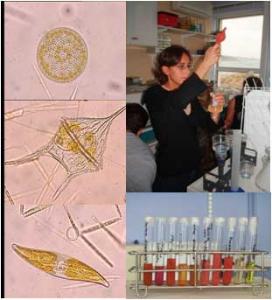 Ecosystems are complex systems composed of the biotic communities and its abiotic environment with numerous interactions. In order to understand how ecosystems function and persist it is necessary to know ecological communities are distributed and vary. Understanding the mechanisms that generate and maintain biodiversity, and more particularly the spatial distributions of taxa, is a key objective in ecology. This is also essential to predicting ecosystem responses to future environmental change. The complexity associated with communities is due in part, to the diverse interactions between many species at various trophic levels and their connections with their abiotic environment, making ecosystem -based studies difficult. In marine environment, coastal ecosystems are characterized by high biodiversity within a high complexity of the environmental factors interactions. They also are ecosystems strongly under the human impacts by pollution or alien species invasion constituting good models for communities' successions. Understanding how system function, requires a broad approach examining the distributions of communities and how species composition changes over time in relation to the biotic and abiotic environment.
Ecosystems are complex systems composed of the biotic communities and its abiotic environment with numerous interactions. In order to understand how ecosystems function and persist it is necessary to know ecological communities are distributed and vary. Understanding the mechanisms that generate and maintain biodiversity, and more particularly the spatial distributions of taxa, is a key objective in ecology. This is also essential to predicting ecosystem responses to future environmental change. The complexity associated with communities is due in part, to the diverse interactions between many species at various trophic levels and their connections with their abiotic environment, making ecosystem -based studies difficult. In marine environment, coastal ecosystems are characterized by high biodiversity within a high complexity of the environmental factors interactions. They also are ecosystems strongly under the human impacts by pollution or alien species invasion constituting good models for communities' successions. Understanding how system function, requires a broad approach examining the distributions of communities and how species composition changes over time in relation to the biotic and abiotic environment.
Course objectives
The main goal of the course is to introduce students to the theory and characterization of the processes that regulate, control and affect coastal communities.
This course will emphasis on both theoritical and practical approaches. After a general and theoritical reminder of marine' communities, and specificities of the coastal ecosystem, we'll try to define and illustrate the main factors wich control the establishment, evolutions and succession of communities. These will be applied on benthic and pelagic communities. In connection with the theoritical approaches, four main practical works (PW) will permit to illustrate and conceptualize some factors controlling the communities.
PW1: Effects of abiotic constraints on communities structure.
We will test environmental factors controlling the phytoplankton community structure and seasonal variations though photo-acclimation and -adaptation processes. This will allow us to illustrate bottom up structuring factors whit emphasis on individualistic traits (abiotic tolerance) of species and their interactions with the environment (niche requirements).
PW2 : Effects of biological interactions on communities structure.
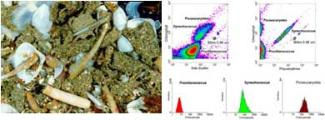
Experiment of filtering feeder on natural phytoplankton communities. This will allow us to show the direct and selective control of phytoplankton communities by benthic organisms. This predation process will illustrate a top down effect on community selection and the importance of bentho-pelagic coupling in coastal environment.
PW3 : Spatio-tempotal variability of communities
Experiment of colonization of benthic meiofauna on new rocky substrate will illustrate the primary successional changes in benthic communities, interactions and competition processes in colonization of space.
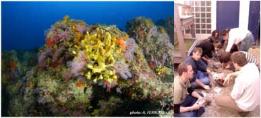
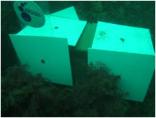
PW4: Interaction modelling
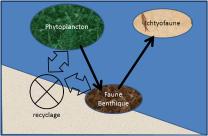
The design and construction of a simple model combinig the different factors controlling communities dynamic, will allow student to vizualize the communities interactions with external environmental factor and internal dynamic (predation/competition) processes spatial and temporal scales.
Notation :
6 ECTS : Written exam 50/100, bibliographic project 50/100
Notation
6 ECTS : Examen écrit 50/100, projet bibliographique 50/100